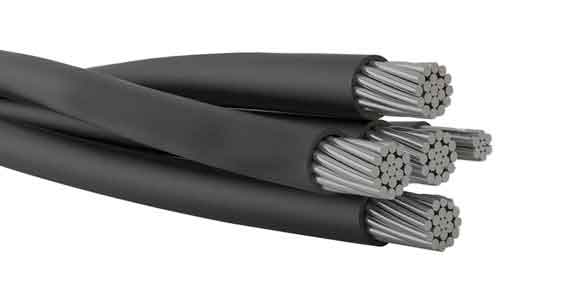
In the world of telecommunication and data transmission, staying connected is essential. The advancement of technology has led to the development of various infrastructure solutions, and one such innovation is aerial cables. Aerial cables by STL (Sterlite Technologies Limited) have revolutionized connectivity , offering numerous benefits and expanding the possibilities of communication networks.
In this article, we will explore the features, advantages, and applications of aerial cables in the realm of STL.
What are Aerial Cables?
Aerial cables, also known as overhead cables or aerial transmission lines, are cables designed to be installed above the ground, suspended from poles, towers, or other support structures. These cables are engineered to withstand environmental elements, including weather conditions and physical stress, while efficiently transmitting data signals over long distances.
Features and Construction:
Aerial cables are built with durability and reliability in mind. They consist of a central metallic conductor, typically made of copper or aluminum, surrounded by multiple layers of insulation and protective sheathing. The insulation materials, such as polyethylene or polyvinyl chloride, provide electrical insulation and safeguard against moisture and UV radiation. The outer sheath protects the cable from mechanical stress, corrosion, and external damage.
Advantages of Aerial Cables:
- Cost-effective Deployment: Aerial cables offer a cost-effective solution for establishing communication networks, as they eliminate the need for expensive underground trenching and minimize installation time.
- Scalability: Aerial cables can be easily expanded and upgraded as per the evolving demands. Additional cables can be added without significant disruption to the existing infrastructure.
- Efficient Data Transmission: Aerial cables provide high-speed data transmission capabilities, ensuring quick and reliable communication over long distances. This makes them ideal for applications requiring low latency, such as voice calls, video streaming, and online gaming.
- Flexibility and Adaptability: Aerial cables can be deployed in various environments, including rural, urban, and suburban areas. They can be strung across diverse terrains, including valleys, rivers, and densely populated regions, ensuring connectivity to remote areas.
- Easy Maintenance and Repair: Aerial cables are easily accessible, making maintenance and repair tasks simpler and more efficient. nicians can quickly identify and rectify any issues, minimizing downtime and ensuring uninterrupted communication services.
Applications of Aerial Cables:
- Telecommunications: Aerial cables form the backbone of telecommunication networks, providing reliable voice and data transmission services to both residential and commercial users. They enable phone calls, internet connectivity, and multimedia services.
- Broadband Internet: Aerial cables play a crucial role in delivering high-speed internet access, especially in areas where traditional wired infrastructure is challenging to deploy. They bridge the digital divide and connect remote communities to the online world.
- Surveillance and Security: Aerial cables are employed in surveillance systems, enabling the transmission of video feeds from cameras to monitoring stations. This is vital for public safety, crime prevention, and ensuring security in critical areas.
- Transportation and Traffic Management: Aerial cables support intelligent transportation systems, facilitating real-time communication between traffic lights, sensors, and control centers. This enhances traffic management, improves safety, and optimizes the flow of vehicles.
Conclusion:
Aerial cables have transformed connectivity, providing efficient and reliable communication solutions. With their cost-effectiveness, scalability, and adaptability, these cables have become a cornerstone of modern telecommunication networks. From powering internet access to enabling power transmission and enhancing security systems, aerial cables by STL continue to play a vital role in technological development.

No comments yet